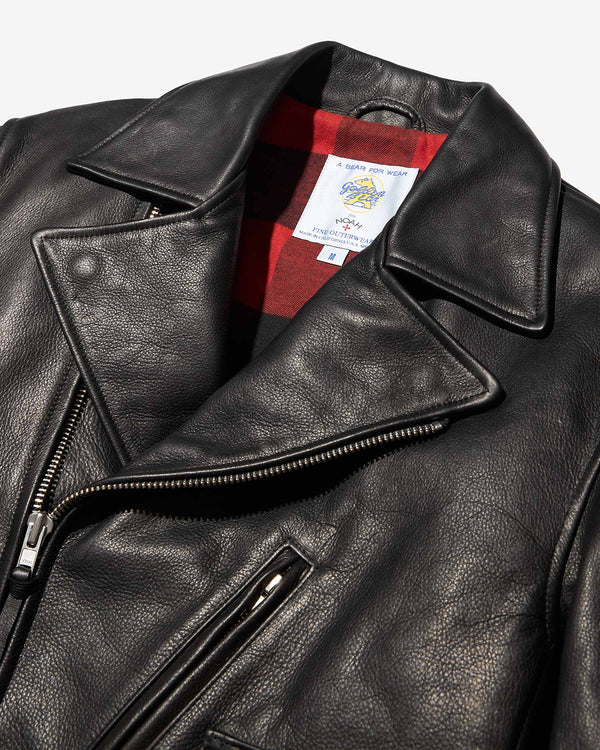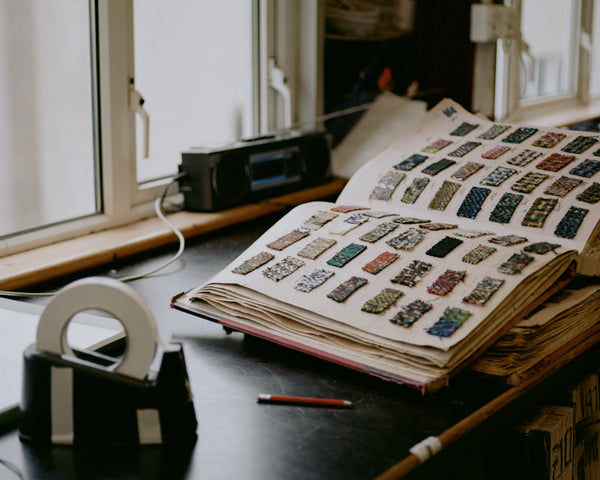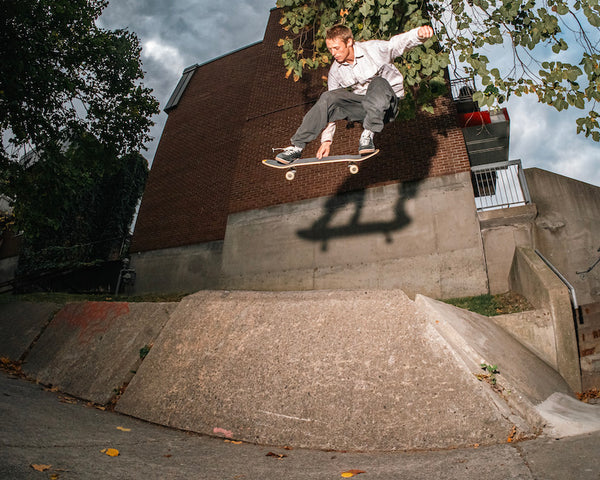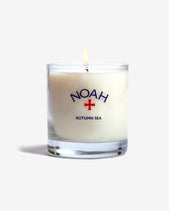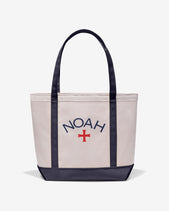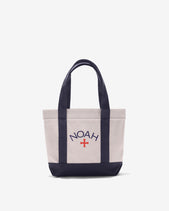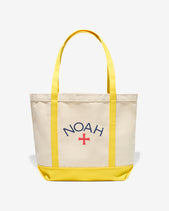
In the earliest days of the surfing craze of the late sixties, getting barreled was considered one of the sport’s most impressive feats. The image above of Russel Hughes in 1966 is is said to be the first ever captured of someone in the ‘green room’. While still images from inside the barrel were becoming more commonplace, nobody had figured out how to get footage inside the barrel.

It wasn’t until inventive surfer/engineer George Greenough’s 1968 Innermost Limits of Pure Fun that the holy grail of surf footage was finally captured, a point-of-view shot from inside the barrel. Back in the early days of film, footage of a train approaching the screen made the audience run in terror. In contrast, Greenough’s early slow-motion barrel footage left his audience in a dazed awe, glued to their seats. Surfers around the world were hooked. Greenough’s camera rig though, an unwieldy 25 lb. shoulder-mounted 16mm camera encased in a homemade waterproof shell, led to other surfers experimenting to find a better way to get that mythical shot.


Even though Greenough was the first, by far our favorite pre-digital camera method we’ve heard about comes from Curt Mastalka’s Red Hot Blue from 1973. Mastalka drafted a team of talented surfers, Jeff Hakman, James Jones, and Rory Russell, who shared a single big bright red helmet that had a camera built into it. Catching waves with a big heavy helmet on earned the crew the name The Rocketmen.

There were plenty of good shots from inside the barrel in Red Hot Blue, but Mastalka also chose to include some footage of The Rocketmen testing out the helmet rig too. Maybe it was the fact that it was shot so close to the moon landing mission, but it’s hard not to see parallels between those famous shots of Neil Armstrong and co. in their spacesuits and the shots of the Rocketmen, log under arm and the sun beaming off their bright red helmets. Considering very few pro surfers were getting barreled, maybe getting your first glimpse inside really was like seeing the surface of the moon for some. While Greenough’s Innermost Limits gave surfers everywhere a rare glimpse inside the barrel, The Rocketmen showed just how hard it was to actually do it.
Soon, every surf movie was bragging about its “experiential” footage. Everyone wanted to make the audience feel like they were on the board, in the barrel, catching that wave that they were seeing on screen. Greenough’s other big movie, Crystal Voyager claimed on its poster that it was a “totally unique film experience!” and it was, plus they managed to get Pink Floyd on the soundtrack, setting barrel footage to the band’s epically spaced out song Echoes.

Red Hot Blue, featuring our favorite Rocketmen, was often screened alongside another Mastalka movie called Seadreams, the poster for which claimed to “put you deep inside” and “leave you lockjawed.” So if you ever find yourself needing a little surf inspiration between swells, look no further.
